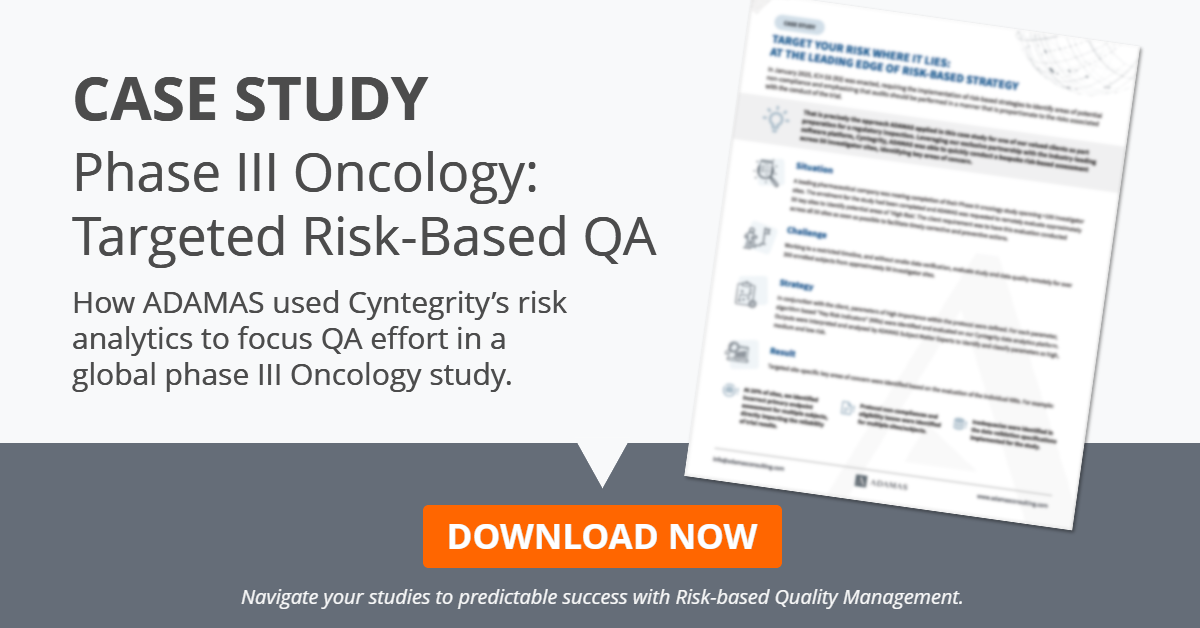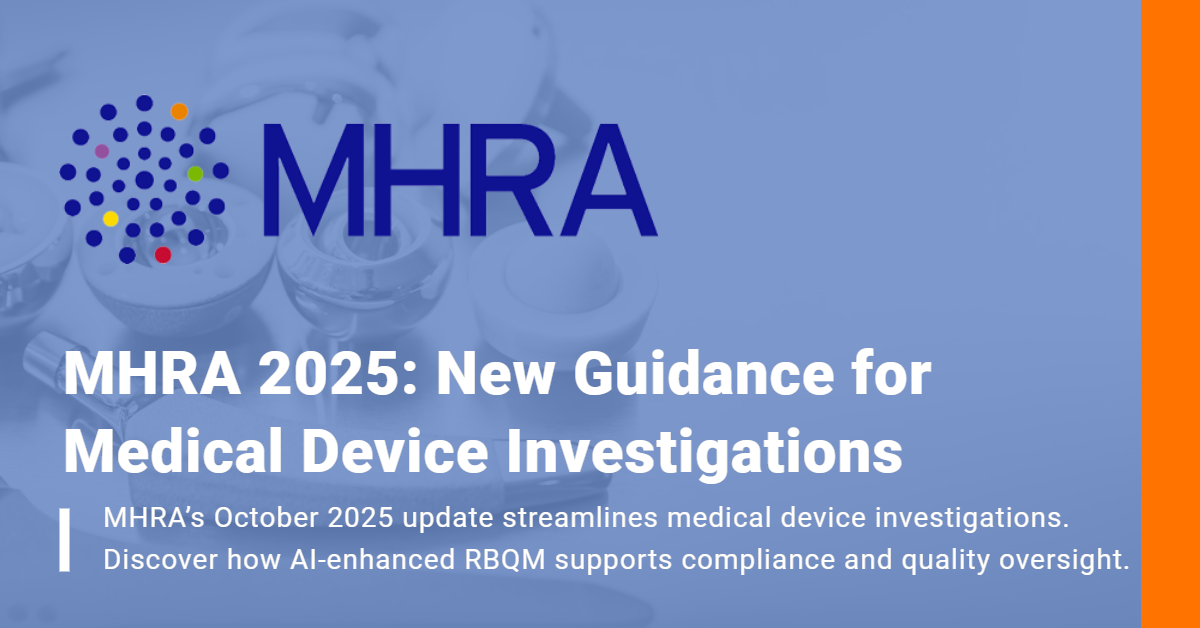The ICH E6(R3) guideline was formally adopted on January 6, 2025, introducing reinforced principles for clinical trial conduct. This final version builds on its draft with clarified expectations and some notable revisions. Let’s explore the highlights and the implications for stakeholders.
Key Updates in ICH E6(R3)
1. Stronger Sponsor Accountability
Sponsors are explicitly required to retain full responsibility for trial oversight, even when tasks are delegated to CROs or vendors. The guideline emphasizes that delegation of activities does not absolve sponsors of their obligations to ensure participant safety, data integrity, and regulatory compliance.
Reference:
Section 5.0.2: “The sponsor remains responsible for oversight of all trial-related duties and functions undertaken on its behalf.”2. Reinforced Quality by Design (QbD)
The guideline places a renewed focus on QbD principles, encouraging sponsors to integrate quality into trial design and execution from the outset. This includes identifying Critical-to-Quality (CTQ) factors and addressing potential risks proactively during the planning phase to ensure trial reliability and efficiency.
Reference:
Section 3.1.1: “The sponsor should design quality into the protocol and processes for conducting the trial.”
Section 3.1.3: “Critical-to-Quality (CTQ) factors should be identified during trial design and planning to ensure the rights, safety, and well-being of trial participants.”3. Enhanced Participant Safety
Participant safety is at the forefront of the new guideline, with updated terminology such as “harm” and “hazard” aligning with international safety standards. This language broadens the scope of risk considerations, ensuring trial designs prioritize the well-being and protection of participants.
Reference:
Section 3.10.1.2: “Risks to participants should be identified and assessed for their potential impact on safety, data reliability, and trial outcomes.”4. Proactive, Risk-Based Monitoring
E6(R3) promotes continuous and proactive risk-based monitoring over static or periodic oversight. Sponsors are encouraged to implement systems that allow real-time identification and management of potential risks, ensuring faster responses to issues that could impact trial quality or participant safety.
Reference:
Section 5.0.3: “The sponsor should implement a system for monitoring that identifies risks and allows timely intervention to address those risks.”
Section 5.0.4: “Monitoring should be proportionate to the risks identified and should support a focus on critical processes and data.”Download the final version: GOOD CLINICAL PRACTICE E6(R3)
What Has Changed Since the Draft?
The final version sharpens its focus in several areas:
Risk Assessments:
What does this mean?
Sponsors must evaluate risks by considering existing controls and safeguards. For instance, recurring discrepancies in a site’s data collection may indicate gaps in processes that require adjustments to improve data accuracy.
Terminology Adjustments:
What does this mean?
The updated terminology, including ‘harm’ and ‘hazard,’ aligns with global safety standards and supports consistent practices across trials.
Documentation Expectations:
What does this mean?
Sponsors are required to document decisions and risk evaluations comprehensively, supporting transparency and regulatory compliance.
Implications for Stakeholders:
| Stakeholder | What this means |
|---|---|
| Sponsors |
|
| CROs |
|
| Trial Sites |
|
| Trial Participants |
|
Explore More
Download the Quick Guide: Understanding QTLs and ARs in Clinical Trials
This free infographic explains the difference between Quality Tolerance Limits (QTLs) and Acceptable Ranges (ARs) in clinical trials, highlighting their shared goal of ensuring participant safety, data integrity, and reliable results.







